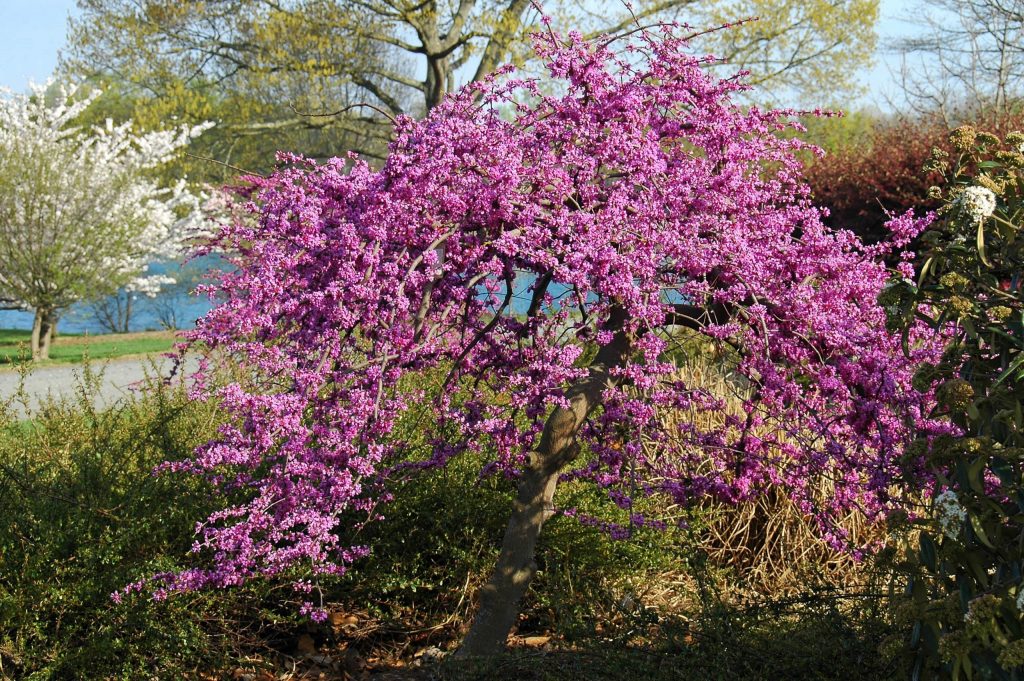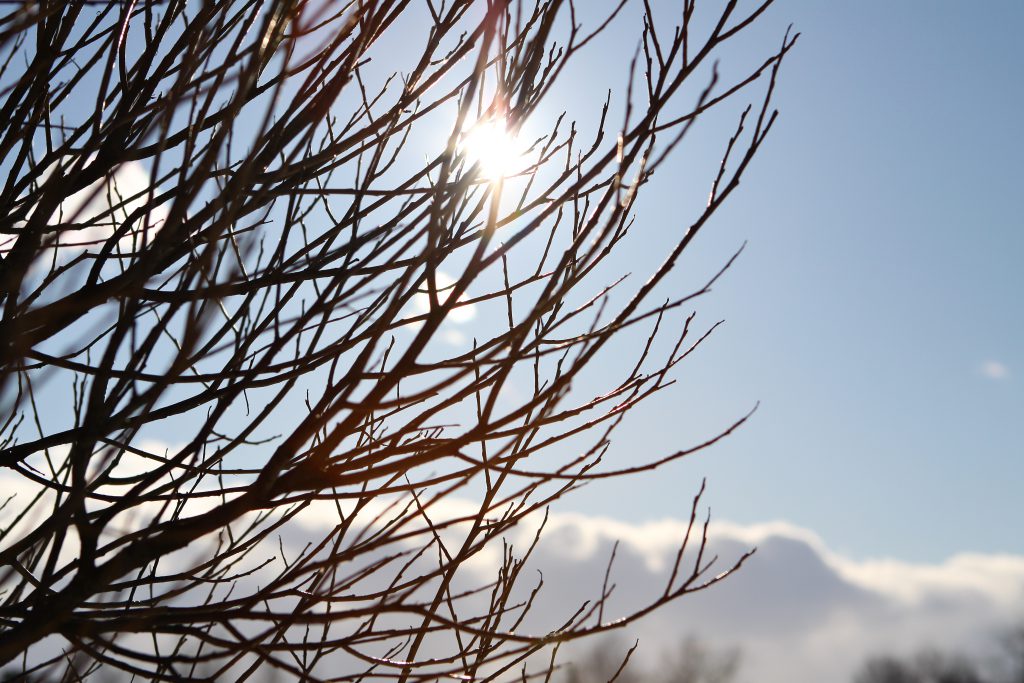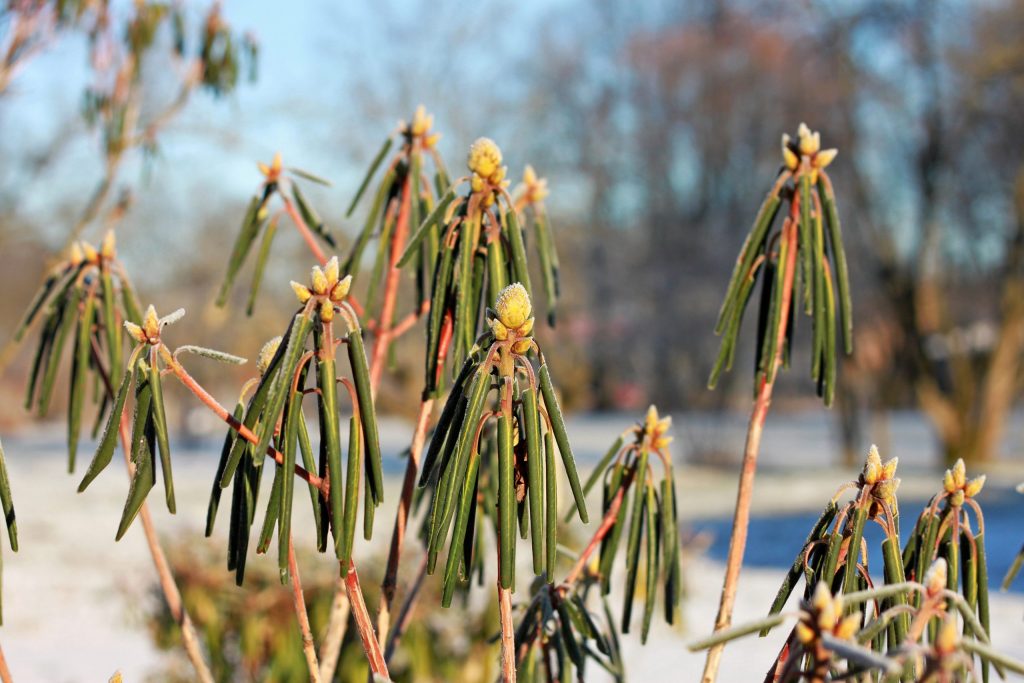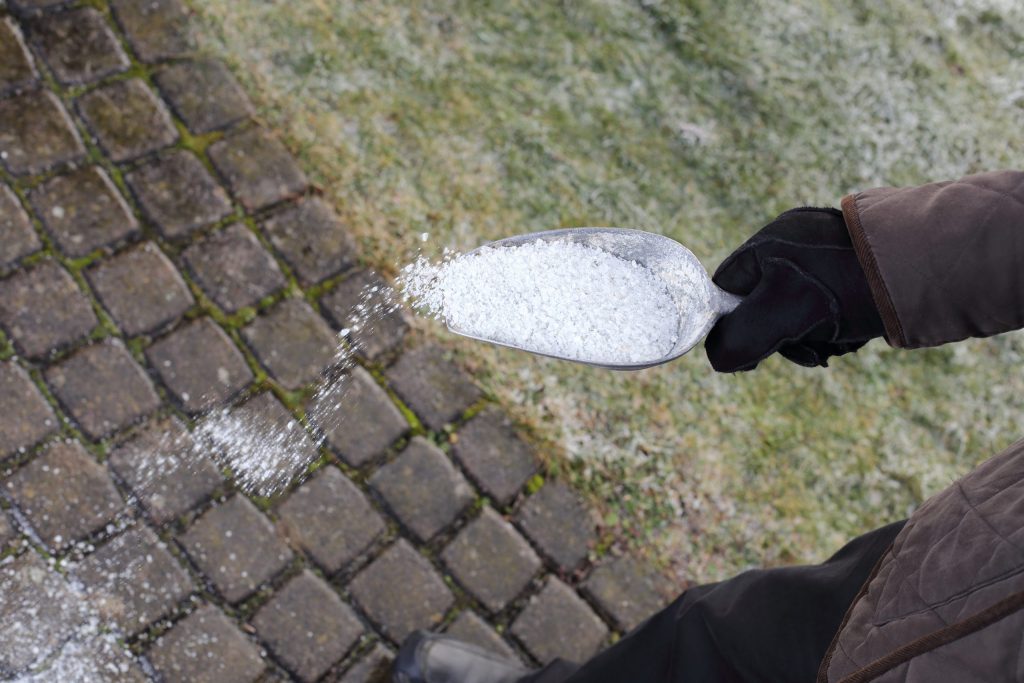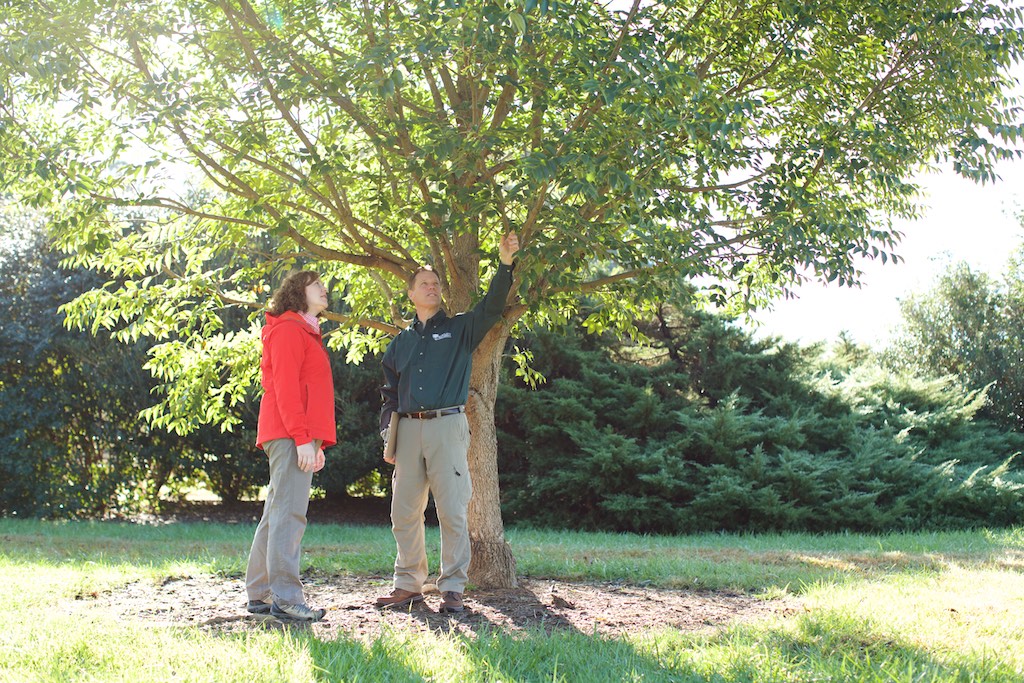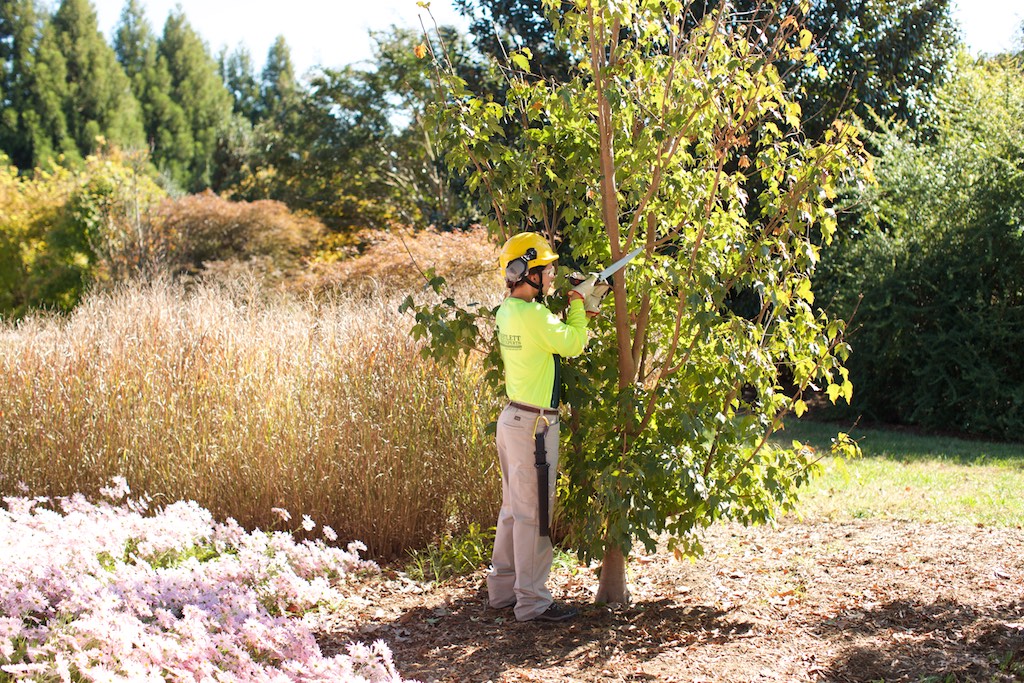Add a POP of Color with Flowering Ornamentals
Every landscape looks great when flowering trees and shrubs are blooming. When the right plant is in the right place, it’s magic! Ornamentals are a great choice for adding a pop of color in a landscape since they are usually small and easily managed. Here are a few that will do well in many situations.
Add a POP of Color with Flowering Ornamentals Read More »

